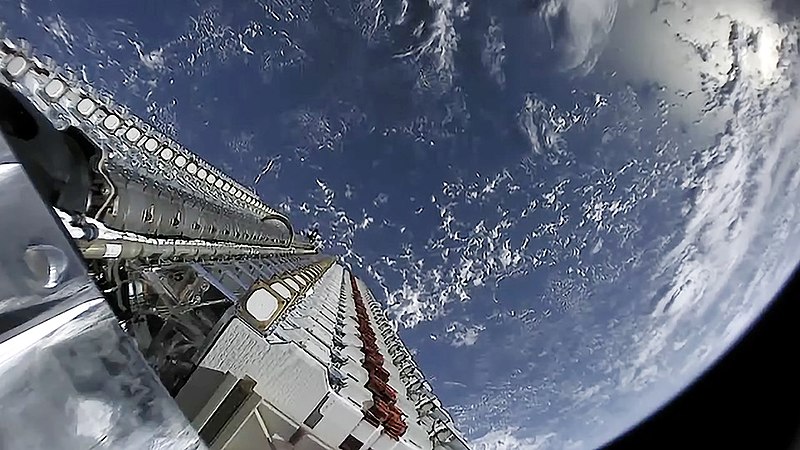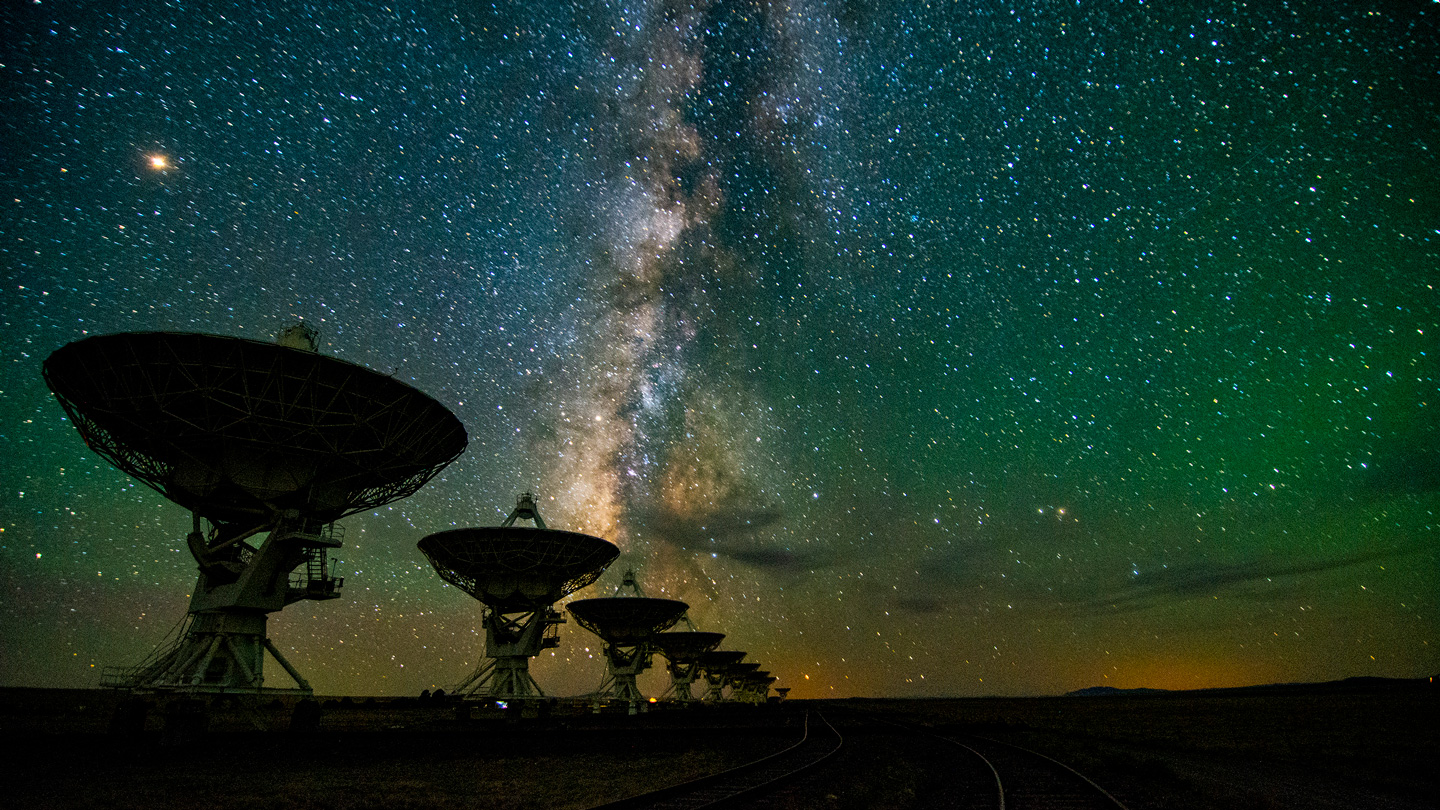
Image Credit: BI Virgin Orbit, a rocket busines...
news-extra-space

 Photo Credit: YouTube[/caption]
About how Starlink will affect astronomy, there are two basic worries. First of all, because satellites are reflective, they return sunlight, which causes dazzling streaks in optical astronomical views of the night sky. Since Starlink satellites are in a very low Earth orbit and are more numerous than other satellite types, they present a specific challenge because of their increased visibility in the sky.
In collaboration with astronomers, SpaceX has been developing strategies to lessen this problem, including painting the satellites a darker color to make them less reflective, adding sunshades, and altering their orientation to reflect less sunlight.
Radio astronomy presents a second issue. Satellites can emit radiation outside of the radio frequency band at which they are intended to operate, a condition known as frequency bleed. Having numerous satellites in the sky makes it more difficult for radio astronomers to distinguish the faint signals from the far-off objects they are viewing from the background radio noise from Earth, which is already a significant problem.
[caption id="" align="alignnone" width="1440"]
Photo Credit: YouTube[/caption]
About how Starlink will affect astronomy, there are two basic worries. First of all, because satellites are reflective, they return sunlight, which causes dazzling streaks in optical astronomical views of the night sky. Since Starlink satellites are in a very low Earth orbit and are more numerous than other satellite types, they present a specific challenge because of their increased visibility in the sky.
In collaboration with astronomers, SpaceX has been developing strategies to lessen this problem, including painting the satellites a darker color to make them less reflective, adding sunshades, and altering their orientation to reflect less sunlight.
Radio astronomy presents a second issue. Satellites can emit radiation outside of the radio frequency band at which they are intended to operate, a condition known as frequency bleed. Having numerous satellites in the sky makes it more difficult for radio astronomers to distinguish the faint signals from the far-off objects they are viewing from the background radio noise from Earth, which is already a significant problem.
[caption id="" align="alignnone" width="1440"] Photo Credit: Science News[/caption]
The agreement focuses on the 10.6–10.7 GHz radio astronomy band, and SpaceX has committed to taking actions including refraining from transmitting from the satellites when they pass over important radio astronomy sites.
Although the agreement has no legal standing, it does demonstrate that both parties are attempting to cooperate in order to permit both astronomical observations and global satellite internet. In a statement, NSF Director Sethuraman Panchanathan said, "We are laying the groundwork for a fruitful relationship between commercial and public initiatives that permits critical scientific research to flourish alongside satellite communication."
[caption id="" align="alignnone" width="630"]
Photo Credit: Science News[/caption]
The agreement focuses on the 10.6–10.7 GHz radio astronomy band, and SpaceX has committed to taking actions including refraining from transmitting from the satellites when they pass over important radio astronomy sites.
Although the agreement has no legal standing, it does demonstrate that both parties are attempting to cooperate in order to permit both astronomical observations and global satellite internet. In a statement, NSF Director Sethuraman Panchanathan said, "We are laying the groundwork for a fruitful relationship between commercial and public initiatives that permits critical scientific research to flourish alongside satellite communication."
[caption id="" align="alignnone" width="630"] Photo Credit: GeekWire[/caption]
Not every astronomy organization, meanwhile, is so upbeat. According to SpaceNews, the International Dark-Sky Association has filed a lawsuit in an effort to stop the placement of additional Starlink satellites on the grounds that they are detrimental to both professional and amateur astronomy.
Photo Credit: GeekWire[/caption]
Not every astronomy organization, meanwhile, is so upbeat. According to SpaceNews, the International Dark-Sky Association has filed a lawsuit in an effort to stop the placement of additional Starlink satellites on the grounds that they are detrimental to both professional and amateur astronomy.
Leave a Reply






